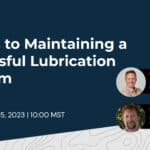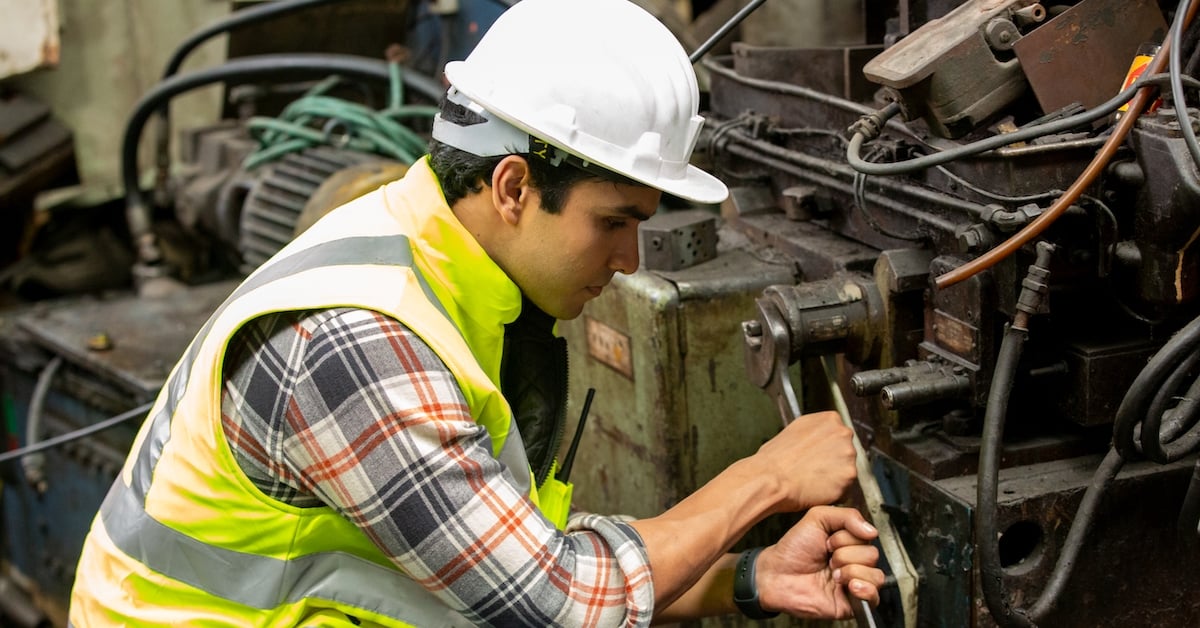
5 Steps to Maintaining a Successful Lubrication Program
Join us for an educational webinar with guest Tim Dunton from Reliability Solutions. Tim has over 30 years of experience in reliability training and consulting. He will cover the 5 Steps to Maintaining a Successful Lubrication Program. Key Takeaways: This webinar provides an excellent opportunity for anyone interested in keeping their machinery running efficiently and reliably over time. Don’t miss out on this invaluable insight from a leading industry expert – join us for this must-attend webinar! Proper lubrication is essential for keeping industrial machinery running smoothly and efficiently. However, creating a successful lubrication program is not just about applying lubricants regularly. It requires a well-planned and executed strategy that takes into account factors such as operating conditions, lubricant selection,





